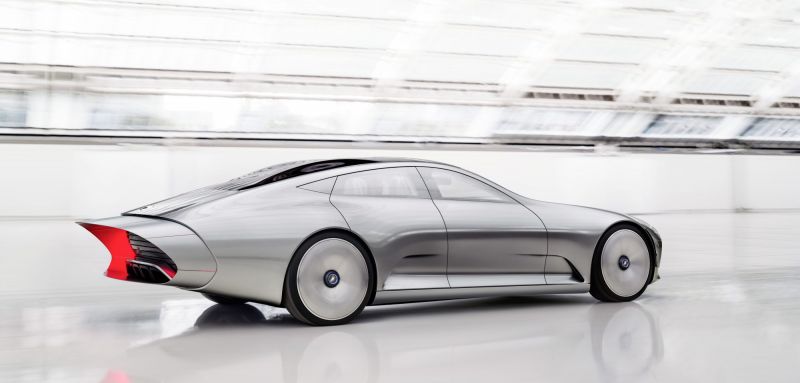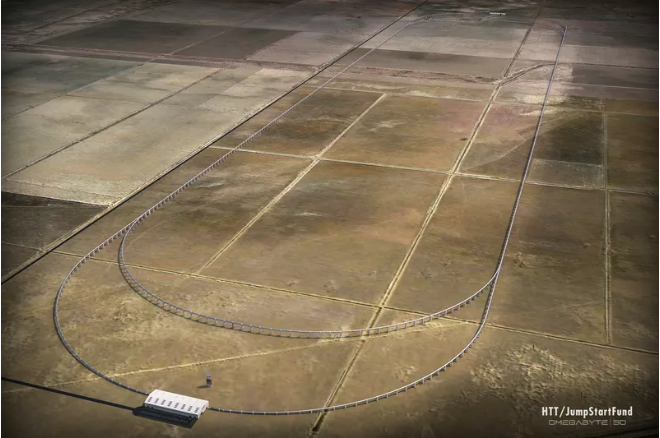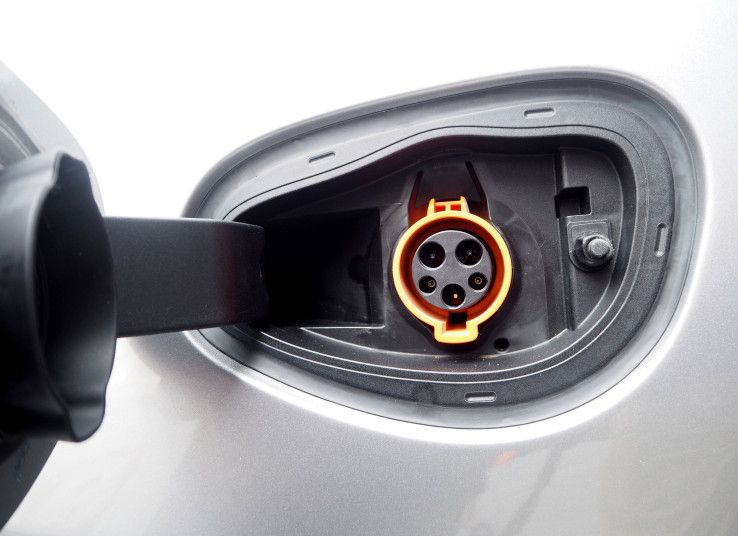Mercedes hints at active aerodynamic features for its upcoming electric vehicles
【Summary】Mercedes is about to unveil its plans for a series of new electric vehicles in the coming weeks and it is shaping up to be some interesting long-range electric additions to become available by the end of the decade in the luxury segment.

Mercedes is about to unveil its plans for a series of new electric vehicles in the coming weeks and it is shaping up to be some interesting long-range electric additions to become available by the end of the decade in the luxury segment.
Not much is known about the vehicles at this point, but now a Daimler executive is hinting at some possible active aerodynamic features to achieve a leading drag coefficient in the segment – something Mercedes has been able to achieve in other segments.
While speaking with SAE, Anke Kleinschmit, Vice President Group Research and Sustainability and Chief Environmental Officer at Daimler, discussed the need for electric vehicles, which she described as a "major element of the future of mobility", and highlighted the importance of weight and aerodynamics for better efficiency.
When asked whether she thinks there's still room to improve aerodynamics or if they found a plateau with most recent best-in-class models achieving 0.22 – 0.25Cd, Kleinschmit answered:
"The potential for reducing air resistance has not been exhausted, although it will slow down. As long as there are no major changes in the basic architecture of vehicles—like their length and form—there is an asymptotic limit of about 0.20 Cd with "conventional" vehicles. With a drag coefficient of 0.22 our CLA, which we introduced in 2013, is coming quite close to this.
Finding the best solution for portability, space and our overall design philosophy can be further supported with active aerodynamic measures, like our "Transformer" Concept IAA's features."
The "Transformer" concept is called the IAA, which stands for Intelligent Aerodynamic Automobile, not to be confused with Internationale Automobil-Ausstellung (IAA), also known as the Frankfurt Motor Show, at which the concept was unveiled last year.
The vehicle features some active aerodynamic concepts. Below 50 mph, the car has a modern, but not necessarily conventional design, and passed 50 mph the car transforms into an aerodynamic beast with a record-breaking 0.19 drag coefficient.
Mercedes describes some of the transformation:
"front flaps in the front bumper extend by 25 mm to the front and 20 mm to the rear, improving the air flow around the front end and the front wheel arches; the Active Rims alter their cupping from 55 mm to zero; and the louvre in the front bumper moves 60 mm to the rear, improving the underbody air flow."
The concept was only unveiled last year, but it would be interesting to see maybe not all, but some of its active aerodynamic features make it into a production car and it would make sense for it to be electric.
Other electric vehicle makers have been focusing on aerodynamic performance in order to improve the highway range of their electric vehicles. Tesla is a good example. Both the Model S and Model X had segment-leading drag coefficient when they were introduced, and the Model 3 is expected to also achieve a leading drag coefficient of 0.21.
But others, like GM with the Chevy Bolt, decided to sacrifice aerodynamic performance in the design and compensate with a bigger battery pack.
resource from: electrek
-


Elon Musk confident that Tesla can attain staggering 20-fold increase in production speed in Fremont
-


Tesla responds to Mobileye’s comments on Autopilot, confirms new in-house ‘Tesla Vision’ product
-


Uber will repay thousands of riders for misleading them about tips
-


Faraday Future adds top VW executive to bring to market its upcoming electric vehicles
-


Hyperloop track construction in California is delayed
-


Federal funds to back Portland storefront for electric-car marketing, pop-up roadshows
-


Tesla announces a partnership in South Korea for first store and 25 charging stations
-


DOE small biz voucher awards include vehicles and fuel cells
- Lucid Launches New Performance Brand ‘Sapphire’ with a 1,200 Horsepower, Tri-Motor Version of the Lucid Air Sedan
- Intel’s Self-Driving Car Unit Mobileye Postpones its Planned U.S. IPO That Could Value the Company up to $50 Billion
- Chipmaker AMD to Collaborate with ECARX on a Digital Cockpit, In-Vehicle Computing Platform for Next-Gen EVs
- Volkswagen Announces Pricing and Styling Updates for the 2023 ID.4 Electric SUV, Which is Being Assembled in Tennessee
- Toyota’s Redesigned Prius May Get More Drivers Behind the Wheel of a Hybrid Vehicle
- EV Brand Polestar Announces $1.6 Billion in New Financing as its Stock Price Falls Below $5
- Apple Delays its Long Rumored Electric ‘Apple Car’ Until 2026, According to Sources
- The World’s First Level-4 Automated Parking Feature Developed by Mercedes-Benz and Bosch is Approved for Commercial Use
- Volkswagen CEO Believes It Will Overtake Tesla in EV Sales by 2025
- Tesla’s Enhanced Autopilot Returns With Some Features From 'Full Self-Driving'











 About Us
About Us Contact Us
Contact Us Careers
Careers